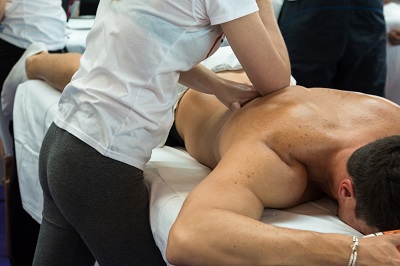Anyone who is suffering with or has suffered from sciatica knows that it can be severely painful.
This condition is usually caused by a herniated disc in the spine that presses against nerves, but it also can be the side effect of bone spurs, spinal stenosis, arthritis, or pinched nerves. The pain from this condition can radiate down your lower back to your buttocks and all the way down the back of your leg. It can also make your leg go numb or tingle and cause muscle weakening in both the leg and foot.
Many people seek out physiotherapy to help treat sciatica, and here are 3 ways that it might of help. Read more on this article. http://bit.ly/2ssU1qH
This condition is usually caused by a herniated disc in the spine that presses against nerves, but it also can be the side effect of bone spurs, spinal stenosis, arthritis, or pinched nerves. The pain from this condition can radiate down your lower back to your buttocks and all the way down the back of your leg. It can also make your leg go numb or tingle and cause muscle weakening in both the leg and foot.
Many people seek out physiotherapy to help treat sciatica, and here are 3 ways that it might of help. Read more on this article. http://bit.ly/2ssU1qH



